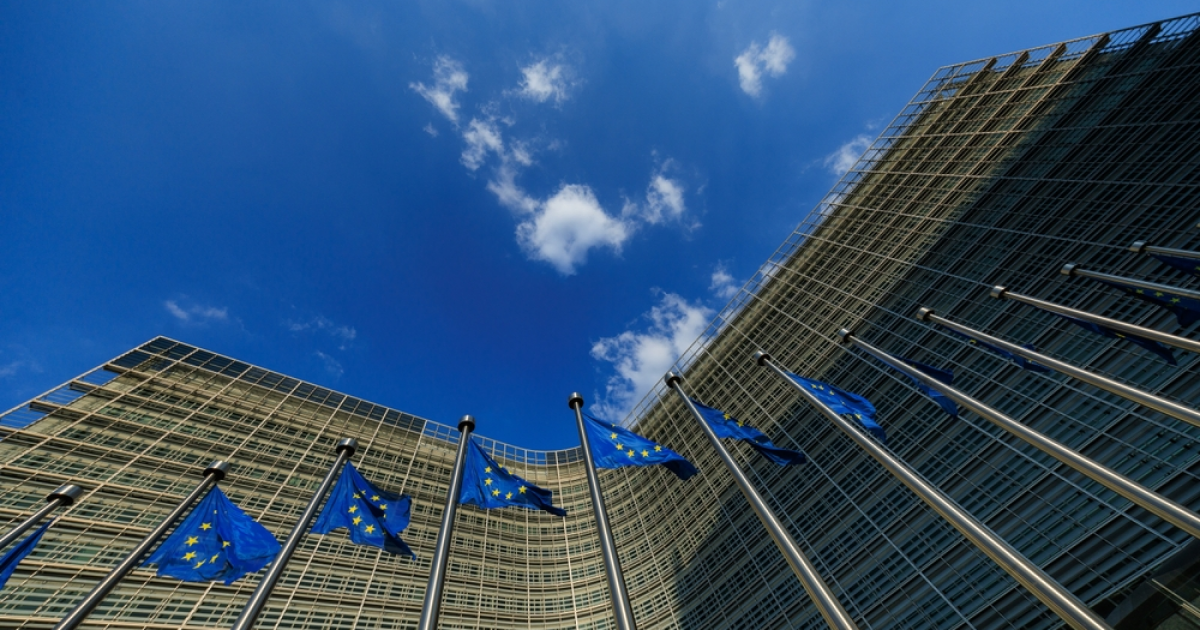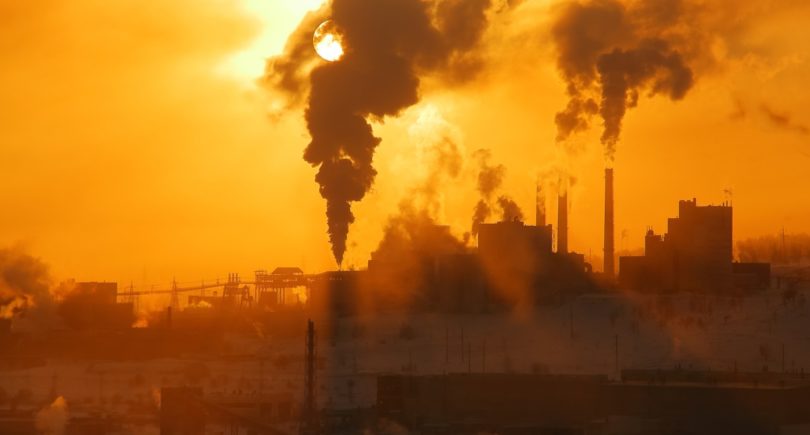
News Global Market EU 318 16 June 2025
The bloc reintroduces quotas for individual countries in category 17 – angles, shaped sections and sections
The European Union has officially notified the World Trade Organization (WTO) of proposed adjustments to its safeguard measures on certain steel products.
These adjustments represent a significant change in the bloc’s import policy, particularly with regard to products such as angles, shapes, and sections of iron or non-alloy steel (category 17). The changes are aimed at preserving traditional trade flows and eliminating unpredictable consequences.
Category 17, where Ukraine has historically been the largest exporter to the EU, was “globalized” in 2022 after Russia’s invasion of Ukraine. It combined quotas for individual countries (the UK, Turkey, and Korea) with a residual quota, creating a single quota for all sources of origin.
A recent review of the functioning of safeguard measures introduced a 15% limit on the share of the total volume for any individual exporting country in this category. However, the EC recognized that this rule restricted traditional trade for certain partners, reducing their duty-free access below historical levels.
The European Commission has therefore proposed the following adjustments:
- the abolition of the 15% limit for countries in category 17, which will take effect on July 1, 2025. This should protect historical trade relations with key exporting partners;
- the restoration of quotas for certain countries: the United Kingdom, Turkey, and Korea;
- the restoration of a residual quota to which no restrictions will apply;
- сountries for which separate quotas are allocated will not have access to the residual quota during the last quarter of the safeguard year.
This measure applies to codes HC 7216 31 10, 7216 31 90, 7216 32 11, 7216 32 19, 7216 32 91, 7216 32 99, 7216 33 10, and 7216 3 3 90
As GMK Center reported earlier, the EC has tightened restrictions on steel imports since April this year. In particular, new supply limits have been introduced for residual quotas (quotas for “other countries”) for 16 product categories – 13-30% per country, depending on the product being imported. The EU has reduced the annual liberalization rate (annual increase in tariff quotas) from 1% to 0.1%, further limiting the total volume of steel products that can be imported into the bloc duty-free.




